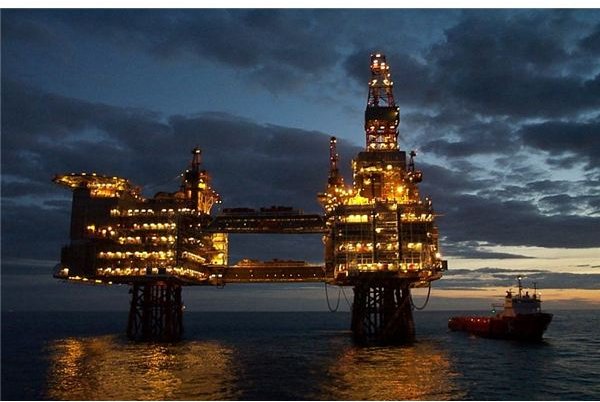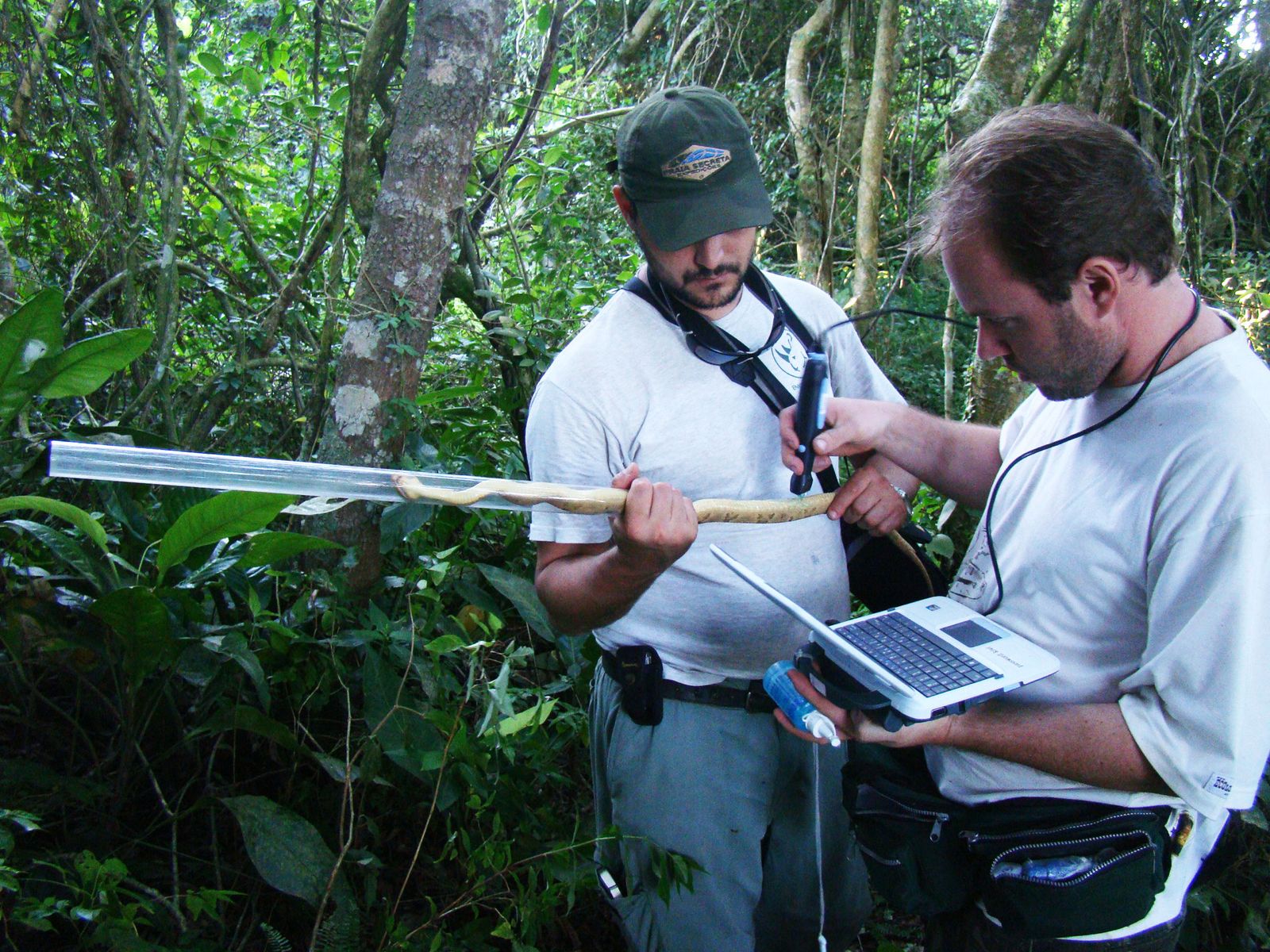Canada's Natural Gas Giant: A Look At Unprecedented Growth

Table of Contents
Abundant Natural Gas Reserves
Canada possesses vast and readily accessible natural gas reserves, forming the bedrock of this impressive growth. This abundance stems from significant geological discoveries and ongoing exploration, coupled with advancements in extraction technologies.
Geological Discoveries and Exploration
Recent years have witnessed significant natural gas discoveries across Canada, particularly within the Western Canada Sedimentary Basin (WCSB), a prolific hydrocarbon-rich area. These discoveries have dramatically boosted Canada's proven reserves, solidifying its position as a major global supplier.
- Major Gas Fields: The Montney formation, Duvernay formation, and Horn River Basin are key contributors to Canada's natural gas reserves, each possessing immense potential for future production.
- Technological Advancements: Seismic imaging, 3D modeling, and advanced drilling techniques have significantly improved exploration efficiency, enabling the discovery and exploitation of previously unreachable reserves. These technological leaps allow for more precise targeting of gas deposits, minimizing environmental impact and maximizing resource extraction.
Technological Advancements in Extraction
Technological breakthroughs in horizontal drilling and hydraulic fracturing ("fracking") have revolutionized natural gas extraction in Canada. These methods allow access to shale gas reserves previously considered uneconomical to extract.
- Horizontal Drilling: This technique enables the drilling of longer laterals, significantly increasing the surface area contacted by the wellbore and enhancing gas production.
- Hydraulic Fracturing: Fracking involves injecting high-pressure fluid into shale formations to create fractures, releasing trapped natural gas. While environmental concerns surrounding fracking exist, advancements in techniques and regulations are continually being developed to minimize potential impacts. Ongoing research focuses on reducing water usage and mitigating potential groundwater contamination.
- Production Efficiency: These combined technological advancements have dramatically increased production efficiency, lowering costs and boosting overall output. This efficiency is crucial for maintaining Canada's competitive edge in the global natural gas market.
Growing Global Demand for Natural Gas
The escalating global demand for natural gas is another critical driver of Canada's natural gas boom. This demand is fueled by a shift in the global energy landscape and strategic partnerships focused on facilitating Canadian exports.
Shifting Energy Landscape
Natural gas is increasingly recognized as a transitional fuel, playing a vital role in the global transition to cleaner energy sources. Its relatively lower carbon emissions compared to coal make it an attractive alternative for electricity generation and various industrial processes.
- Climate Change Agreements: International agreements like the Paris Agreement underscore the global commitment to reducing greenhouse gas emissions, accelerating the shift away from coal and towards cleaner-burning alternatives like natural gas.
- Growing Demand from Asia: Countries in Asia, particularly those experiencing rapid industrialization, are exhibiting significant growth in natural gas consumption, creating substantial export opportunities for Canadian producers. This growing demand is driving investment in new export infrastructure.
Strategic Partnerships and Trade Agreements
Several trade agreements and strategic partnerships play a crucial role in facilitating the export of Canadian natural gas. These agreements streamline trade processes, providing reliable access to international markets.
- Key Export Destinations: The United States remains the largest export market for Canadian natural gas. However, expanding export infrastructure is opening up new markets in Asia and Europe.
- Pipeline Infrastructure: The development and expansion of cross-border pipelines are essential for delivering Canadian natural gas to international markets. These pipelines represent significant investment in infrastructure, creating jobs and driving economic growth.
Government Policies and Incentives
Supportive government policies and incentives are instrumental in fostering investment and production within Canada's natural gas sector. This support encompasses a regulatory framework encouraging responsible development alongside initiatives aimed at mitigating environmental impacts.
Regulatory Framework and Support
The Canadian government has implemented various policies and incentives aimed at stimulating growth in the natural gas sector. These policies provide a stable regulatory environment that attracts investments and promotes sustainable development.
- Tax Credits and Incentives: Various tax credits and investment incentives encourage exploration, production, and infrastructure development.
- Streamlined Permitting Processes: Efforts to streamline the permitting process reduce bureaucratic hurdles and accelerate project development.
- Government Agencies: Agencies such as the National Energy Board (NEB) play a crucial role in regulating and promoting the responsible development of Canada's energy resources.
Environmental Considerations and Regulations
Canada's natural gas industry operates under a robust regulatory framework designed to minimize environmental impacts. This commitment to responsible resource development includes stringent emission reduction targets and initiatives promoting environmental sustainability.
- Emission Reduction Regulations: Regulations targeting methane emissions from oil and gas operations are continuously being updated to reduce the environmental footprint of the industry.
- Carbon Capture and Storage (CCS): Investment in CCS technologies is aimed at capturing and storing carbon dioxide emissions from natural gas production, mitigating climate change impacts.
- Environmental Monitoring: Rigorous environmental monitoring programs ensure adherence to regulations and help identify and address potential environmental concerns.
Conclusion
Canada's natural gas industry is experiencing a period of unprecedented growth, driven by a powerful combination of abundant reserves, soaring global demand, and supportive government policies. The country's vast natural gas resources, coupled with technological advancements in extraction and strategic partnerships, are positioning Canada as a major player in the global energy market. While challenges remain, including environmental concerns and infrastructure development, the future of Canada's natural gas sector remains bright. Learn more about the exciting future of Canada's natural gas and its contribution to the global energy landscape by visiting the websites of Natural Resources Canada and the Canadian Association of Petroleum Producers.

Featured Posts
-
 Payton Pritchards Breakout Season The Details Behind His Success
May 12, 2025
Payton Pritchards Breakout Season The Details Behind His Success
May 12, 2025 -
 Box Office Flop Analyzing The Failure Of Stallone And Partons Musical
May 12, 2025
Box Office Flop Analyzing The Failure Of Stallone And Partons Musical
May 12, 2025 -
 Black Gold In Uruguay Exploring The Viability Of Offshore Drilling
May 12, 2025
Black Gold In Uruguay Exploring The Viability Of Offshore Drilling
May 12, 2025 -
 The Truth Behind Jessica Simpsons Snake Sperm Remarks
May 12, 2025
The Truth Behind Jessica Simpsons Snake Sperm Remarks
May 12, 2025 -
 From Real Life To Fiction The Men Who Inspired The Great Gatsbys Characters
May 12, 2025
From Real Life To Fiction The Men Who Inspired The Great Gatsbys Characters
May 12, 2025
